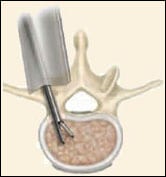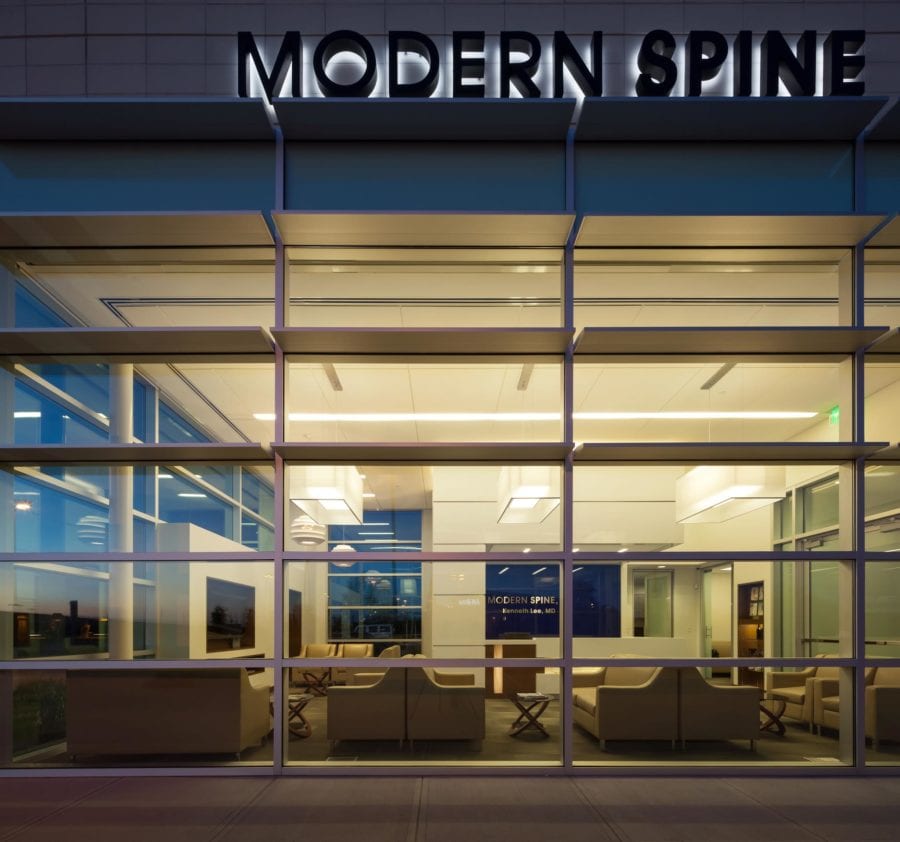What Is It?
Pain in the lower back (lumbar spine) and legs, among other symptoms, may occur when an intervertebral disc herniates – when the annulus fibrosus (tough, outer ring) of the disc tears and the nucleus pulposus (soft, jelly-like center) squeezes out, and places pressure on, or “pinches,” an adjacent nerve root.
Lumbar microdiscectomy is an operation that involves using a surgical microscope and microsurgical techniques to access and treat the lumbar spine. By providing magnification and illumination, the microscope allows for a limited dissection. Only that portion of the herniated disc, which is pinching one or more nerve roots, is removed. The term discectomy is derived from the Latin words discus (flat, circular object or plate) and -ectomy (removal).
Why Is It Done?
Pressure placed on one or more nerve roots by a herniated disc may irritate these neural structures and cause
- Debilitating leg pain
- Weakness and/or numbness in the legs and/or feet, and
- Bowel/bladder incontinence
Patients who suffer from these symptoms as a result of a pinched nerve are potential candidates for this operation.
The Operation

An understanding of what a lumbar microdiscectomy involves will help you to approach your operation and recovery with confidence.
Incision
The operation is performed with you lying on your stomach. Because the operation is viewed through a microscope, this approach only requires a small incision. Your surgeon makes an incision in your lower back. Through this incision, microsurgical instruments are then inserted.
Removal
Once your pinched nerve is located, the extent of the pressure on the nerve can be determined. Using microsurgical techniques, your surgeon removes the herniated portion of the disc as well as any disc fragments that have broken off from the disc. The amount of effort required to complete the microdiscectomy depends, in part, on the size of the disc herniation, the number of fragments present, and the difficulty presented in finding and removing these fragments.

Closure
The operation is completed when your surgeon closes and dresses the incision.
Recovery
Your surgeon will have a specific post-operative recovery/exercise plan to help you return to normal life as soon as possible. The amount of time that you have to stay in the hospital will depend on this treatment plan. You will normally be up and walking in the hospital on the same day after your surgery. Lumbar microdiscectomy is usually performed on an outpatient basis, with no overnight stay in the hospital.
As you read this, please keep in mind that all treatment and outcome results are specific to the individual patient. Results may vary. Complications, such as infection, blood loss, and bowel or bladder problems are some of the potential adverse risks of spinal surgery. Please consult your physician for a complete list of indications, warnings, precautions, adverse events, clinical results, and other important medical information.



